Toyota Thinks Hybrids Are Crucial To Reducing Carbon Emissions, Not Just EVs

Is the future EV only? Maybe not, according to Toyota.
Toyota has been accused of being slow to develop EVs, and some have accused the brand of being anti-EV. But, although it has been putting more energy and development dollars, it has been adamant that going “EV only” is a fool’s errand. Toyota’s Chief Scientist, Gill Pratt, said so at World Economic Forum at Davos. In short, Toyota thinks that the way forward to decarbonizing transportation will be multi-faceted. Lithium is in relatively short supply.
The study uses the sample of a fleet of 100 ICE vehicles, averaging 250 grams of carbon dioxide per single kilometer traveled. One EV with a battery the size of 100 kWh could only replace 1 of the 100 cars, which would only bring the average down to 248 grams of carbon dioxide per kilometer. By contrast, 90 hybrids with an average battery size of 1.1 kWh and 10 conventional ICE vehicles would bring down the average CO2 per kilometer to 205 grams.
In essence, Toyota’s scientists think that the demand for lithium, the material found in big EV batteries, can’t match the demand. So, the limited amount of lithium we do have should be spread among more vehicles that are electrified, like hybrids. Pratt and Toyota think that a lot of hybrids would make more of a carbon emission impact compared to a small fleet of EVs.
According to reporting from Automotive News, Gill Pratt is pretty candid with what he thinks are realistic goals for carbon emission reduction and shifts to EVs. Opening a battery plant is somewhat quick, but Pratt says that digging a new lithium mine could take up to 16 years. Until we can get more refining and processing plants online, there likely will be a materials crunch where automakers may not be able to get enough lithium to satisfy demand.
Still, Toyota is investing in EVs, it plans to sell 3.3 million EVs by 2030, with 1 million of those being Lexus vehicles. But, it also expects to sell 5.5 million plug-in and regular hybrid vehicles, too.
Become an AutoGuide insider. Get the latest from the automotive world first by subscribing to our newsletter here

Kevin has been obsessed with cars ever since he could talk. He even learned to read partially by learning and reading the makes and models on the back of cars, only fueling his obsession. Today, he is an automotive journalist and member of the Automotive Press Association. He is well-versed in electrification, hybrid cars, and vehicle maintenance.
More by Kevin Williams



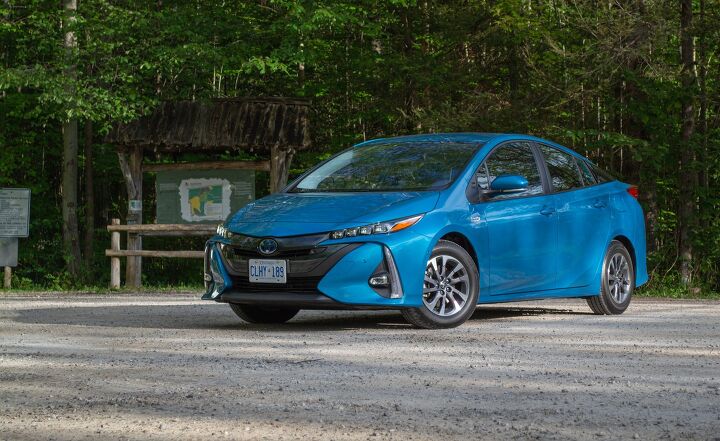


















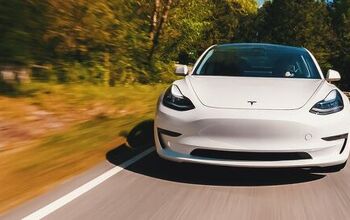

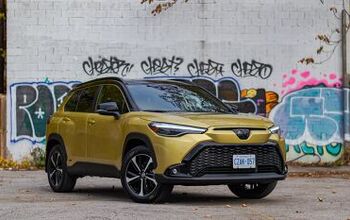


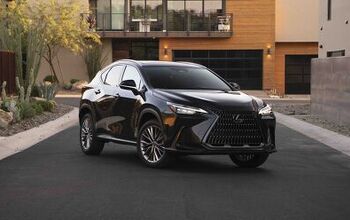
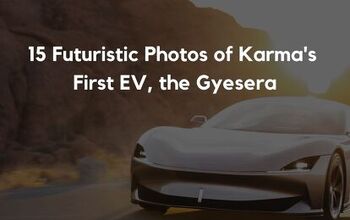


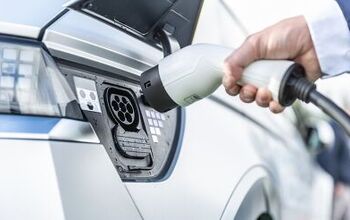
Comments
Join the conversation
Excellent point. Emissions of 250 g CO2/km are equivalent to 22.1 mpg. Using 100 kWh's worth of limited lithium on a single EV drops the fleet average emissions less than a percent, while using it to make 90 hybrids drops the fleet average by 18%. Another major point that isn't even touched on in Pratt's reasoning above, but which supports it tremendously, is spreading the massive upfront GHG footprint of battery mineral mining and manufacturing over more than just a single vehicle. One study estimates the impact at 73 kg (161 lbs) per kWh; another quotes a range of 3120 to 15680 kg for an 80 kWh battery, or 39 to 196 kg (86 to 432 lbs) per kWh. Thus a 100 kWh EV may have already pumped up to 43200 lbs of CO2 into the atmosphere, from the battery alone, before it's even driven off the assembly line - an inconvenient truth many EVangelists either ignore or are willing participants in. Lest anyone think I'm an EV hater, I recently bought and am delighted with a small-battery EV (MINI Cooper) for in-town use, while keeping my 38 mpg BRZ (with some hypermiling; EPA combined avg is only 24 mpg) for longer trips. Since nobody makes a compact, sporty-handling hybrid, I sort of made my own when averaging both vehicles. Sources: 1) 73 kg/kWh: www.transportenvironment.org/wp-content/uploads/2021/07/2019_11_Analysis_CO2_footprint_lithium-ion_batteries.pdf 2) 39 - 196 kg/kWh: meche.mit.edu/news-media/how-much-co2-emitted-manufacturing-batteries
Just wanted to add, 248 g/km is 22.3 mpg (not much of an improvement from 250 g/km or 22.1 mpg above), while 205 g/km is 26.9 mpg, a very decent improvement indeed for anyone previously only getting 22.1 mpg. Across 100 vehicles each covering 12 thousand miles per year, that improvement would avoid releasing nearly 190 thousand pounds of CO2 per year. On the other hand, that same amount of lithium in a single EV going 12 thousand miles would save less than 11 thousand pounds of CO2 (compared to a 22.1 mpg car). That's assuming the EV is charged with 100% green energy; if using the US powerplant total CO2/kWh emissions rate of 0.8865 lbs/kWh (402 kg/MWh in 2021), then the savings drop to less than 7000 pounds per year. Hybrids definitely need to be part of the solution. Source for powerplant emissions data: https://www.eia.gov/electricity/data/emissions/